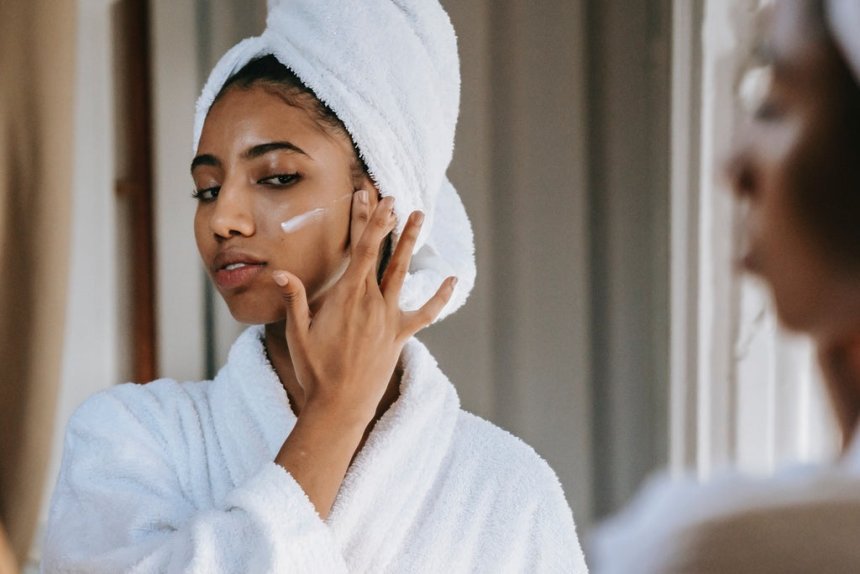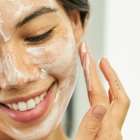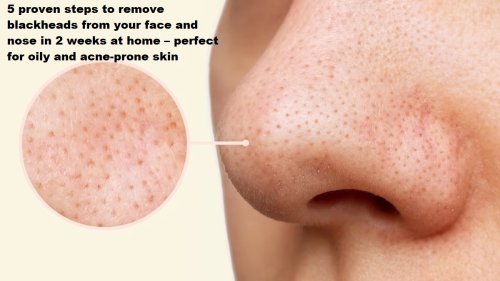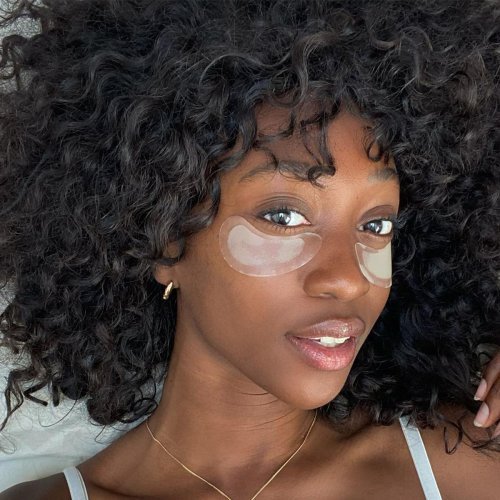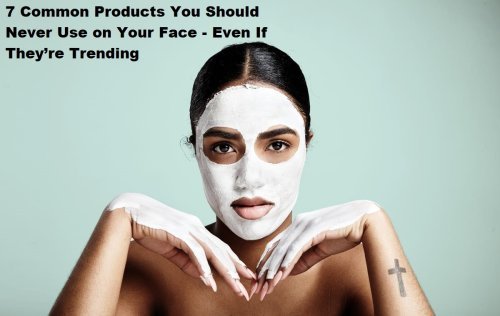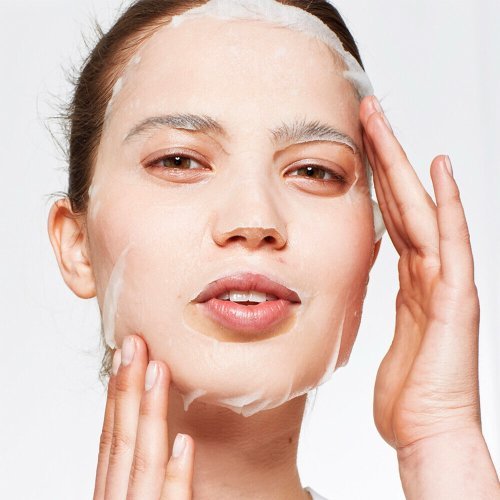How to Apply Retinol to Your Face – The Ultimate Guide for Beginners
Learn how to apply retinol to your face safely and effectively. Step-by-step skincare routine, tips to avoid irritation, and expert advice for glowing skin.

How to Apply Retinol to Your Face – The Ultimate Guide for Beginners
Retinol is one of the most talked-about skincare ingredients—and for good reason. From reducing wrinkles to clearing acne and brightening dull skin, it’s a skincare powerhouse. But here’s the truth: if you apply retinol the wrong way, you might end up with red, flaky, irritated skin instead of the smooth glow you were expecting.
If you’ve been searching for how to apply retinol to your face the right way, you’ve found the complete step-by-step guide. We’ll cover what retinol is, when to start using it, how to build tolerance, and the exact method dermatologists recommend for safe and effective results.
7 key Benefits of Applying Retinol to Your Face
Retinol isn’t just another trending skincare ingredient it’s backed by decades of research for its anti-aging, acne-fighting, and skin-rejuvenating effects. Here’s why it’s worth adding to your routine:
1. Reduces Fine Lines and Wrinkles
Retinol boosts collagen production, which helps plump the skin and smooth out lines caused by aging. Over time, skin looks firmer, more elastic, and youthful.
2. Improves Skin Texture
By speeding up skin cell turnover, retinol helps remove rough, uneven patches and makes your skin surface smoother and softer.
3. Fades Dark Spots and Hyperpigmentation
Retinol helps to fade sunspots, acne scars, and discoloration by encouraging new, evenly pigmented skin cells to replace old ones.
Also Read: Niacinamide vs Vitamin C: Can They Work Together?
4. Unclogs Pores and Prevents Breakouts
Retinol reduces the buildup of dead skin cells inside pores, which helps keep them clear and less visible. This prevents blackheads, whiteheads, and acne flare-ups.
5. Boosts Skin Radiance
Dull, tired skin often comes from a buildup of dead cells. Retinol reveals fresh, healthy-looking skin, giving you a natural glow over time.
6. Minimizes Pore Size
As pores stay unclogged and skin becomes firmer, they appear smaller and less noticeable.
7. Long-Term Skin Health
Unlike quick fixes, retinol works at a cellular level meaning its benefits accumulate with consistent use. The longer you use it (correctly), the healthier and more resilient your skin becomes.
Preparing Your Skin for Retinol
Before you even open that retinol bottle, preparation is key. Here’s what to do before your first application:
-
Patch test: Apply a small amount on your jawline or inner arm for 24 hours to check for sensitivity.
-
Simplify your routine: For the first few weeks, avoid strong exfoliants (AHAs, BHAs) and other active ingredients like vitamin C on retinol nights.
-
Moisturize daily: Well-hydrated skin is less prone to irritation.
Step-by-Step Guide: How to Apply Retinol to Your Face
Step 1: Cleanse Gently
Use a mild, non-foaming cleanser to remove makeup, dirt, and oil. Avoid cleansers with harsh scrubs or acids before retinol.
Step 2: Pat Skin Completely Dry
Retinol penetrates deeper into damp skin, which can increase irritation. Wait 5–10 minutes after cleansing.
Step 3: Apply a Moisturizer “Buffer” (For Beginners)
If you have sensitive skin or are new to retinol, apply a thin layer of moisturizer first. This is called the sandwich method moisturizer before and after retinol to reduce dryness.
Step 4: Use a Pea-Sized Amount of Retinol
Dot retinol on the forehead, cheeks, chin, and nose. Gently spread it evenly, avoiding the eye area, corners of the mouth, and sides of the nose.
Important: More product doesn’t mean faster results retinol works best in small, consistent doses.
Step 5: Seal with Moisturizer
Finish with a nourishing, hydrating moisturizer to lock in hydration and protect the skin barrier.
Retinol Frequency: How Often Should You Apply It?
-
Weeks 1–2: Once a week
-
Weeks 3–4: Twice a week
-
Week 5 onwards: Every other night (if your skin tolerates it)
Listen to your skin if you notice persistent redness, stinging, or peeling, reduce frequency.
Tips to Avoid Retinol Irritation
-
Always apply sunscreen the next morning. retinol increases sun sensitivity.
-
Avoid layering with exfoliating acids (glycolic, salicylic, lactic acid) on the same night.
-
Skip retinol if your skin is freshly waxed, sunburned, or irritated.
-
Use gentle, fragrance-free products alongside retinol.
Common Retinol Mistakes to Avoid
-
Using too much too soon – leads to peeling and redness.
-
Not wearing SPF – UV exposure undoes retinol’s benefits and increases irritation risk.
-
Applying every night right away – skin needs time to adjust.
-
Using with harsh actives – can overwhelm the skin barrier.
Who Should Avoid Retinol?
-
Pregnant or breastfeeding women (due to potential risks)
-
People with extremely sensitive or eczema-prone skin (unless advised by a dermatologist)
The Retinol Purge: What to Expect
Some people experience a purge during the first few weeks—temporary breakouts as clogged pores clear. This is normal and usually settles within 4–6 weeks.
Final Thoughts
Retinol isn’t an overnight miracle it’s a long-term investment in your skin. Most people see visible improvements after 8–12 weeks of regular use. The secret is to start slow, use the right technique, and be consistent.
When applied correctly, retinol can become the cornerstone of your anti-aging and acne-fighting routine—helping you achieve smoother, clearer, and more radiant skin.
Frequently Asked Questions (FAQ)
1. What is the correct way to apply retinol to your face?
Cleanse your skin, pat it dry, and apply a pea-sized amount of retinol evenly across your face, avoiding the eye and lip area. Follow with moisturizer and always use sunscreen the next day.
2. Should I apply retinol before or after moisturizer?
If you have sensitive skin, apply moisturizer before and after retinol using the “sandwich method.” If your skin tolerates it well, apply retinol directly after cleansing, then moisturize.
3. How often should a beginner use retinol?
Start with once a week, then gradually increase to twice a week and eventually every other night as your skin builds tolerance.
4. Can I use retinol with vitamin C or exfoliating acids?
It’s best not to use retinol with strong acids or vitamin C in the same routine to avoid irritation. You can alternate them on different nights.
5. What should I avoid when using retinol?
Avoid over-exfoliating, using high-strength products too soon, skipping sunscreen, and applying retinol to damp or irritated skin.
Share
What's Your Reaction?
 Like
0
Like
0
 Dislike
0
Dislike
0
 Love
0
Love
0
 Funny
0
Funny
0
 Angry
0
Angry
0
 Sad
0
Sad
0
 Wow
0
Wow
0


